10F, Building B, Erqi Center, Erqi District,
Zhengzhou City,
Henan Province, China
Wit:+86 15138685087
(WhatsApp/Wechat)

10F, Building B, Erqi Center, Erqi District,
Zhengzhou City,
Henan Province, China
Wit:+86 15138685087
(WhatsApp/Wechat)
18 gauge galvanized steel adheres to industry-standard specifications with a standard thickness of 1.31mm (equivalent to 0.0516 inches). It offers excellent corrosion resistance, structural strength, and workability, making it suitable for both large-scale structural support in major projects and smaller-scale applications.
Wanzhi Steel supplies premium 18-gauge galvanized steel products, offering good strength, excellent formability, and cost-effectiveness. We support slitting, cutting, and forming services, providing various product types (coils, flat sheets, corrugated sheets, strips) with flexible zinc coating options ranging from 30-275g/㎡.
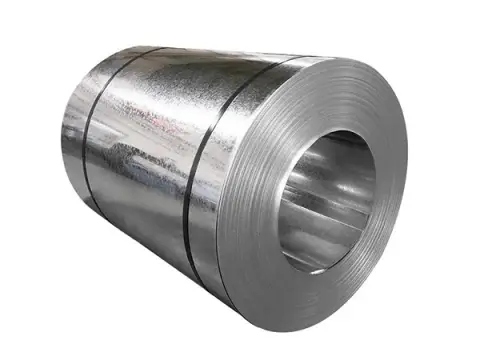
Galvanized Mild Steel Coil 18 Gauge
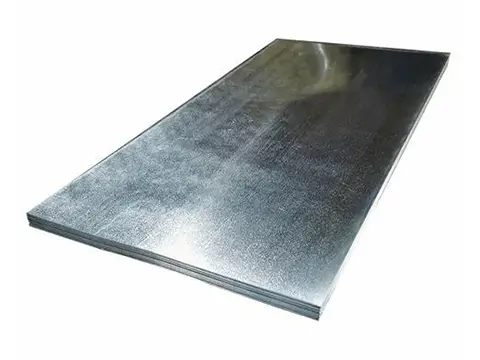
18 gauge galvanized steel sheet
| Item | 18 gauge Galvanized steel |
| Nominal Specifications | 18 Gauge (AWG) |
| Thickness | 1.31 mm (0.0516 inches) |
| Width | ≤1300mm |
| Length | Coils or fixed-length sheets |
| Surface Treatment Process | Electro-galvanized and hot-dip galvanized |
| Zinc Layer Weight | Z30 – Z275g/㎡ |
| Spangle Type | Zero spangles, Small spangles, Regular spangles, Big spangles |
| Product Type | Sheet/Coil/Strip |
| Substrate Material | DX51D/DX52D/S250GD/S350GD/S550GD/SPCC/SGCC/DC01/DC03 |
| Standard | GB, EN, JIS, ASTM |
| Payment | TT 30% prepayment + 70% balance |
| Certifications | ISO 9001, ISO 14001, SGS, CE |
| MOQ | 10 TONS |
| Packaging | Standard export packaging |

Wanzhi-Spangles
With a substrate thickness of 1.31mm, this “medium-lightweight” steel offers both load-bearing capacity and excellent flexibility, meeting demands for cutting, bending, welding, stamping, and other advanced processing operations.
Utilizing hot-dip galvanizing or electrogalvanizing processes, the zinc coating exhibits strong adhesion and uniform distribution. Coating weights range from 30-275g/m², allowing flexible selection based on application scenarios: opt for lower zinc coatings in dry environments, and higher zinc coatings in coastal or humid conditions.
Compared to thicker steel plates with equivalent zinc coating grades, Grade 18 specifications effectively reduce material costs. With mature production processes and controllable mass production costs, it represents an exceptionally cost-effective corrosion-resistant steel solution.
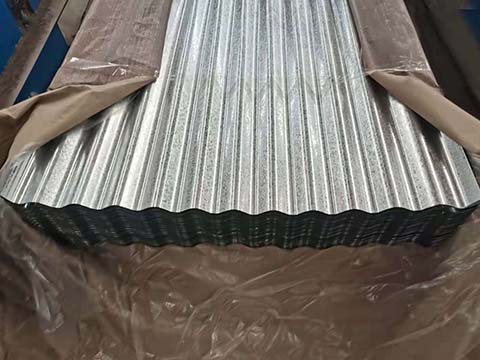
Galvanized steel profiled sheet
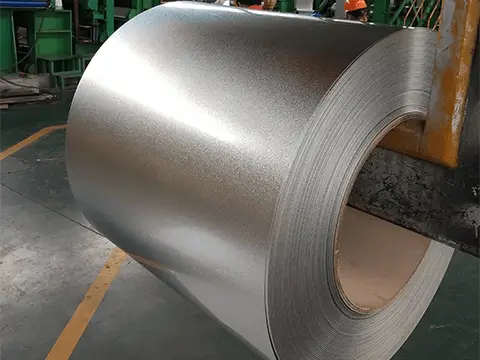
18 gauge hot dip galvanized steel coil
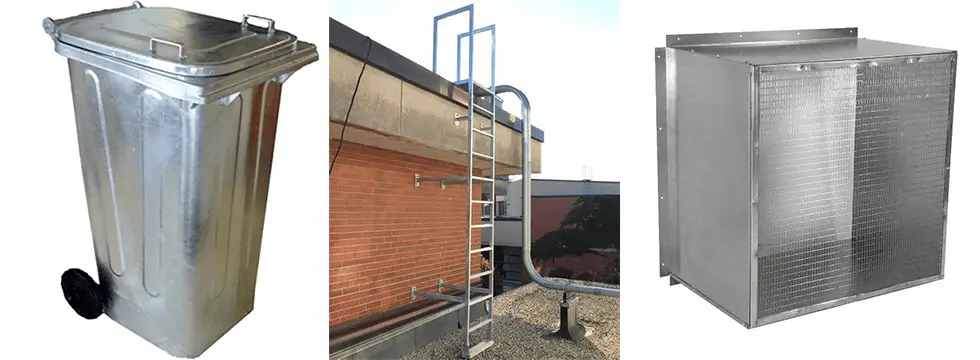
Application of 18 gauge galvanized steel
“Gauge” is an industry-standard designation for metal sheet thickness, originating from the relationship between steel processing cycles and thickness—more processing cycles result in thinner sheets. This established the core principle that gauge numbers are inversely proportional to thickness:
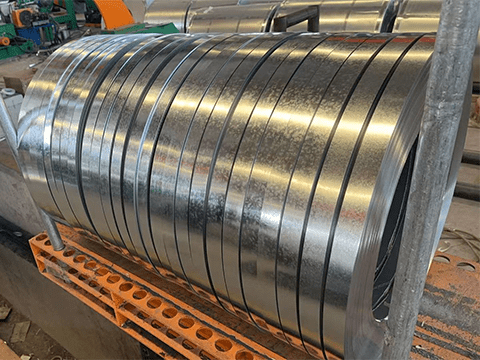
Cold rolled zinc flower steel strip Z40
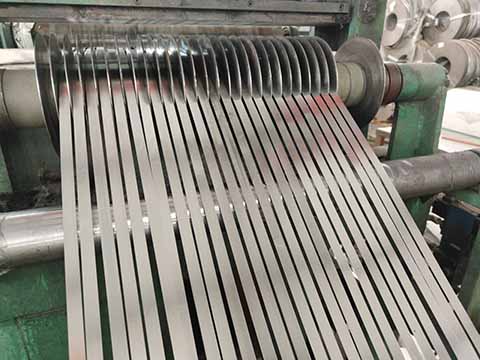
Galvanized Steel Strips For Sale
A gauge conversion chart can be used to determine the actual thickness of sheet metal in inches or millimeters.
| Gauge Number | Inches | MM |
| 10 | 0.1382 | 3.51028 |
| 11 | 0.1233 | 3.13182 |
| 12 | 0.1084 | 2.75336 |
| 13 | 0.0934 | 2.37236 |
| 14 | 0.0785 | 1.9939 |
| 15 | 0.071 | 1.8034 |
| 16 | 0.0635 | 1.6129 |
| 17 | 0.0575 | 1.4605 |
| 18 | 0.0516 | 1.31064 |
| 19 | 0.0456 | 0.15824 |
| 20 | 0.0396 | 1.00584 |
| 21 | 0.0366 | 0.92964 |
| 22 | 0.0336 | 0.85344 |
| 23 | 0.0306 | 0.77724 |
| 24 | 0.0276 | 0.7004 |
| 25 | 0.0247 | 0.62738 |
| 26 | 0.0217 | 0.55118 |
| 27 | 0.0202 | 0.51308 |
| 28 | 0.0187 | 0.47498 |
| 29 | 0.0172 | 0.43688 |
| 30 | 0.0157 | 0.39878 |
| 31 | 0.0142 | 0.36068 |
| 32 | 0.0134 | 0.34036 |
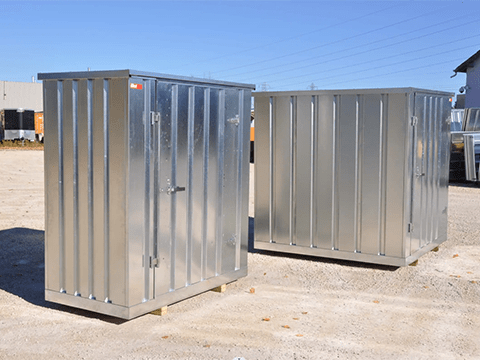
18 gauge GI steel container

High speed fence board

Bridge structure
Q1: Which is thicker, 14-gauge or 18-gauge galvanized steel?
A: 14-gauge is thicker. According to gauge specifications, lower numbers indicate greater thickness. 14-gauge offers higher strength and is suitable for load-bearing applications; 18-gauge provides better workability and is ideal for general-purpose scenarios.
Q2: What zinc coating and surface treatment are recommended for ventilation ducts?
A: For indoor ducts, Z90 (G60) is sufficient. For humid or outdoor environments, Z120-Z275 (G90) is recommended. For surface treatment, choose fingerprint-resistant (N) coating. It prevents rust, provides excellent adhesion for subsequent painting (if needed), and facilitates processing.
Q3: Can 18-gauge galvanized steel be used for outdoor fencing?
A: Yes, but note: For low-height, low-stress decorative or simple fencing, 18-gauge is an economical choice. However, for impact-resistant safety fencing, upgrade to thicker 16- or 14-gauge steel with a Z180 (G90) or higher zinc coating.
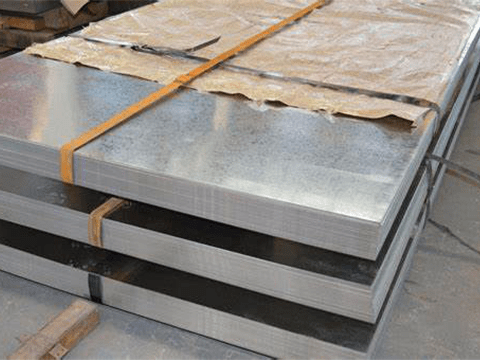
18 gauge GI steel sheet
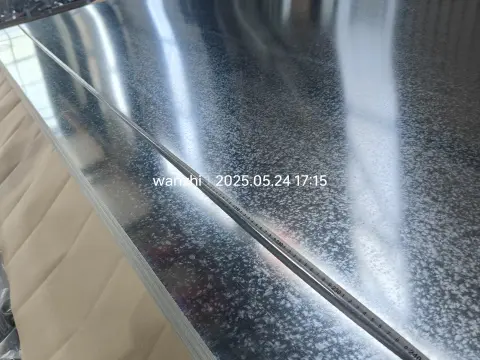
Regular zinc spangle Z120 galvanized sheet
1. Zinc layer standard: clarify the type of galvanizing (electrogalvanizing/hot-dip galvanizing) and the weight of the zinc layer (such as Z60/Z180/Z275).
2. Substrate parameters: material selection (Q195/Q235/SPCC, etc.), thickness tolerance (such as ±0.05mm) and tensile strength (≥300MPa)
3. Surface requirements: zero zinc flower/small zinc flower/conventional zinc flower, oiling, fingerprint resistance and other treatments.
4. Application adaptability: the outdoor environment requires a thickened zinc layer, deep processing requirements (bending/welding) need to be stated in advance, please contact us for recommendations.
5. Supplier qualifications: check the factory ISO certification, test report (SGS/MTC), and confirm the production capacity and delivery period.6. After-sales service: whether technical guidance is provided, such as cutting and installation suggestions.Wanzhi Steel Tips: Welcome to request free samples and test them before purchasing in bulk!
Most investors would like to buy from galvanized steel factories in China because of the lower price. Just remember to find a reliable supplier. Before purchasing, please confirm some details, including specifications (thickness, width, length), zinc coating thickness, corrugations, quantity, etc. The MOQ of Wanzhi Steel is 5 tons. Welcome to talk with us for more details.
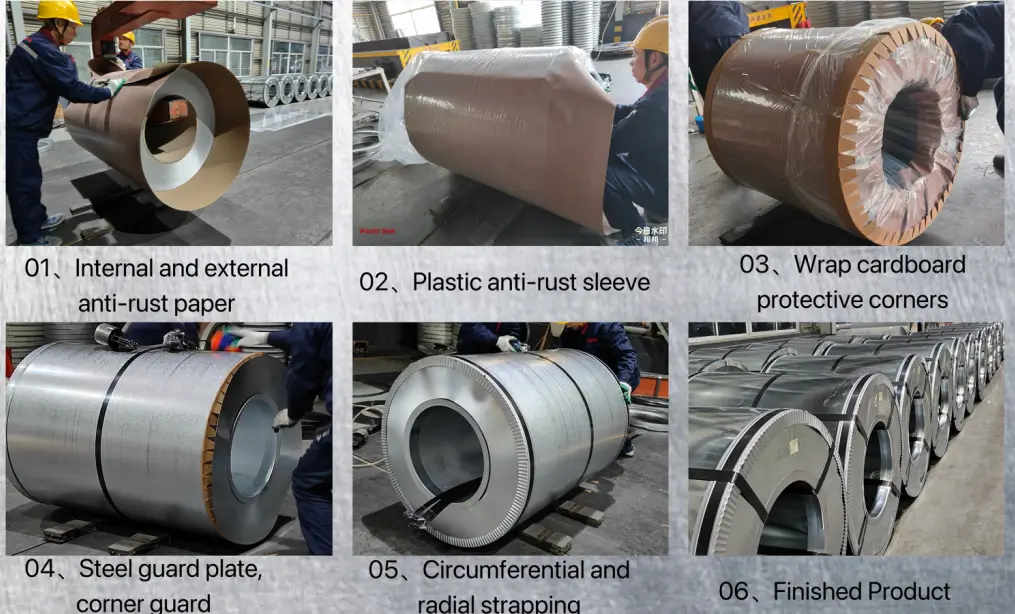
steel coil package
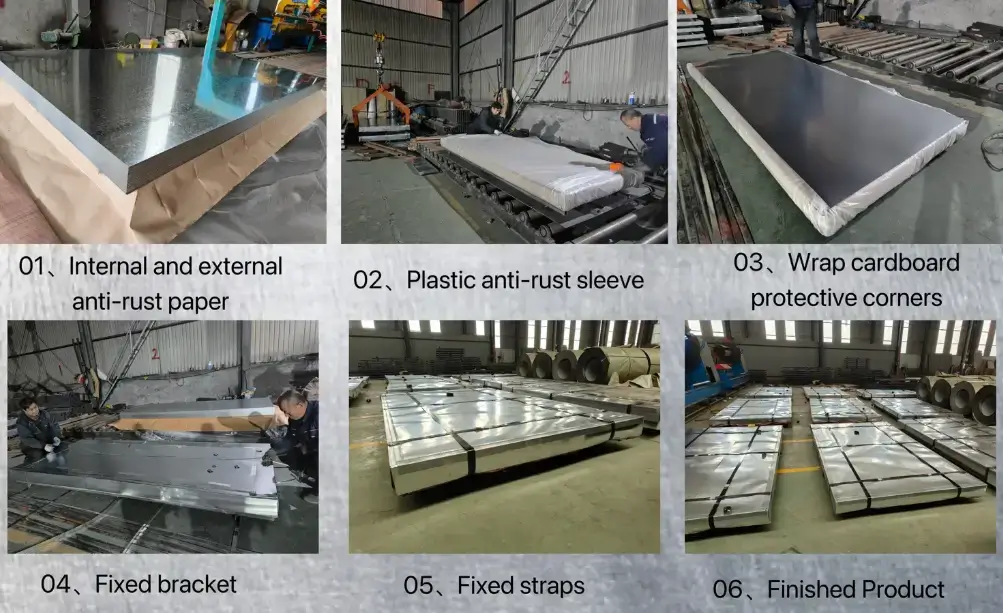
Standard export packaging for steel plates

Galvanized Steel Factory
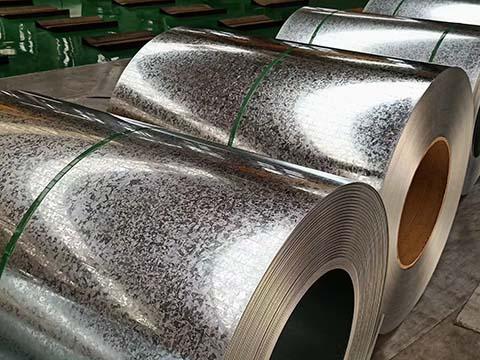
Galvanized Coils at Factory

Wanzhi Steel’s lovely customers and friends
As an industry-leading supplier of galvanized steel, Wanzhi Steel operates state-of-the-art hot-dip galvanizing production lines. Submit your requirements immediately (thickness, width, zinc coating, application), and you will receive a clear quotation with technical parameter recommendations within 10 hours, Contact us now!





